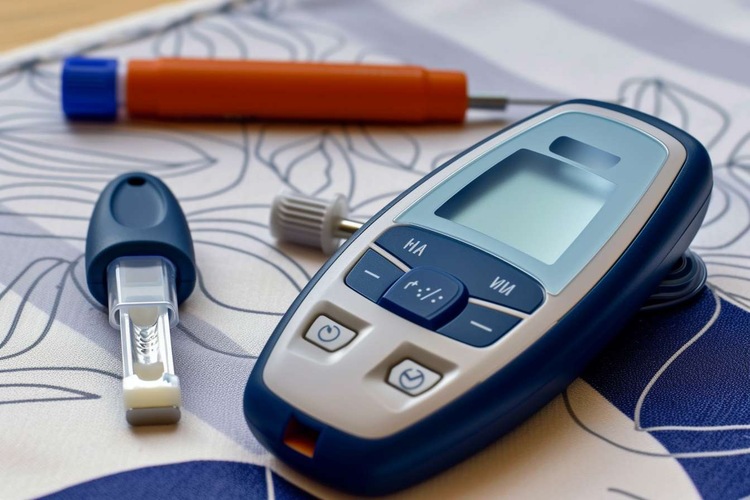Blood Glucose Monitor: What to Know and Device Options
A blood glucose monitor measures the concentration of glucose in the blood to help people and clinicians track short- and long-term patterns. Devices range from traditional fingerstick meters to wearable continuous glucose monitor systems. Understanding how different monitors work, when to check, and how to interpret readings can make glucose monitoring more useful for daily decisions and for managing conditions such as diabetes. This article explains common device types, reading interpretation, and practical considerations for choosing and using a monitor.

This article is for informational purposes only and should not be considered medical advice. Please consult a qualified healthcare professional for personalized guidance and treatment.
What is glucose monitoring?
Glucose monitoring refers to the practice of measuring blood sugar levels at points in time or continuously. For many people with diabetes, regular checks guide medication dosing, meal planning, and activity choices. Glucose monitoring can be intermittent—using a fingerstick glucose meter—or continuous via a sensor that samples interstitial fluid. Data from monitoring helps identify trends like fasting high readings, post-meal spikes, and nocturnal lows, which can prompt adjustments in therapy when discussed with a healthcare team.
How do monitors help with diabetes?
Monitors provide objective measurements that clinicians use to evaluate control and adjust treatment. Fingerstick meters typically give a single plasma-equivalent glucose value from a small blood drop, while continuous glucose monitor systems record frequent glucose estimates and can alert for highs and lows. Consistent monitoring supports tracking progress toward target ranges, reduces uncertainty about symptoms, and can improve safety for people at risk of hypoglycemia. Effective use requires understanding device limitations, proper testing technique, and integrating readings into an overall care plan.
Understanding blood sugar readings
A “blood sugar” reading reflects the amount of glucose in the sampled blood or interstitial fluid at that moment. Targets vary by age, pregnancy status, and individual clinical goals; healthcare teams set personalized targets. Factors that affect readings include recent meals, exercise, medications, hydration, and illness. Fingerstick meters are generally accurate when used correctly, but factors such as test strip storage, sample size, and contamination can cause errors. CGM readings may lag behind blood values during rapid changes, so confirm unexpected low or high readings with a fingerstick when clinically indicated.
What is a continuous glucose monitor (CGM)?
A continuous glucose monitor (CGM) uses a small sensor placed under the skin to estimate glucose levels every few minutes. CGMs provide trend information—whether glucose is rising or falling—and can deliver alarms for out-of-range values. Some systems require periodic calibration with fingerstick tests, while newer models are factory-calibrated; compatibility and feature sets differ by product. CGMs are commonly used by people who need frequent glucose information, those with hypoglycemia unawareness, or people on intensive insulin regimens. Users should learn sensor insertion, wear-time, and how to interpret trend arrows for decision-making.
Choosing a device and finding local services
Selecting a blood glucose monitor involves balancing accuracy, cost, ease of use, data access, and insurance coverage. Consider whether you need simple spot checks or continuous data, whether smartphone integration is helpful, and how supplies are obtained and replaced. Many communities offer local services—pharmacies, diabetes education centers, and endocrinology clinics—that can demonstrate devices, advise on supplies, and assist with insurance paperwork. Proper disposal of lancets and sensors is important; local health guidelines or waste services can advise on sharps disposal in your area.
Conclusion
Blood glucose monitors offer important information for managing blood sugar and supporting health decisions. Knowing the differences between fingerstick meters and continuous glucose monitor systems, how to interpret readings, and how to maintain devices helps users and clinicians apply data appropriately. Work with a healthcare professional to set personal targets and choose the monitoring strategy that fits clinical needs, lifestyle, and access to supplies.






